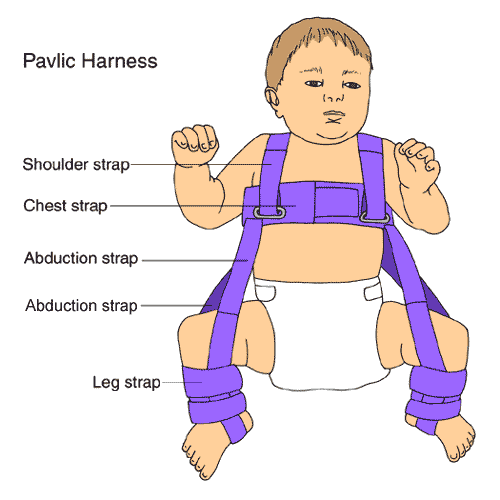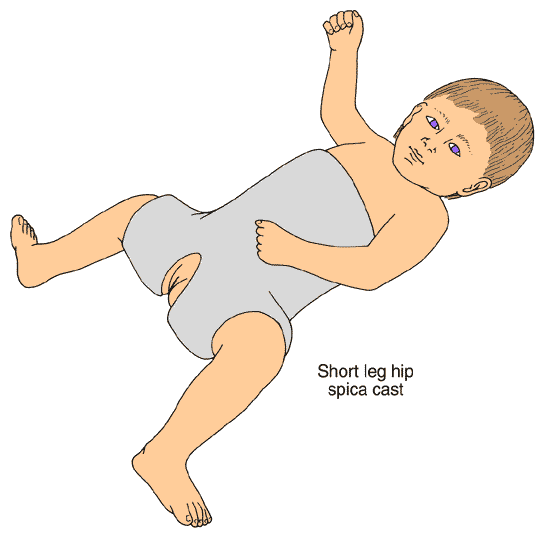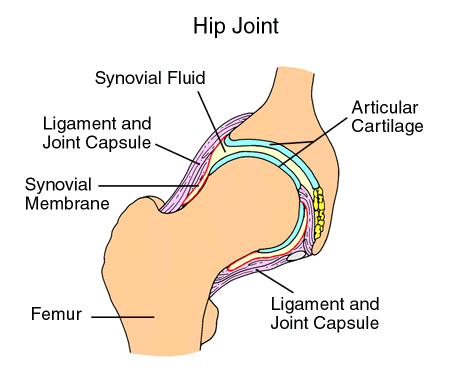DDH is sometimes noted at birth. The pediatrician or newborn specialist screens newborn babies in the hospital for this hip problem before they go home. However, DDH may not develop until later in infancy or childhood so your pediatrician may diagnose it at a later well child visit. Your baby's physician makes the possible diagnosis of developmental dysplasia of the hip with a clinical examination. They may then order certain diagnostic tests to confirm diagnosis. These tests include:
Specific treatment for DDH will be determined by your baby's physician and orthopedic specialist based on:
- Your baby's age, overall health and medical history
- The extent of the condition
- Expectations for the course of the condition
- Your opinion or preference
The goal of treatment is to maintain the femoral head into the socket of the hip so that the hip can develop normally. Treatment options vary for babies and may include:
- Use of a Pavlik harness: A Pavlik harness is used on babies up to 6 months of age to hold the hip in place, while allowing the legs to move a little. The harness is put on by your baby's physician and is usually worn full time for at least six weeks, then part-time (12 hours per day) for six weeks. Your baby is seen frequently during this time so that the harness may be checked for proper fit and to examine the hip. At the end of this treatment, X-rays (or an ultrasound) are used to check hip placement. The hip may be successfully treated with the Pavlik harness, but sometimes, it may continue to be partially or completely dislocated.

- Casting: If the hip continues to be partially or completely dislocated, often casting or surgery may be required to help relocate the hip. This cast is called a hip spica cast and is applied from the chest to the thighs or knees. This type of cast is used to hold the hip in place after surgery to allow healing.

- Surgery: If surgery is done, a special cast called a spica cast is put on the baby to hold the hip in place. The spica cast is worn for approximately three to six months. The cast is changed from time to time to accommodate the growth.







